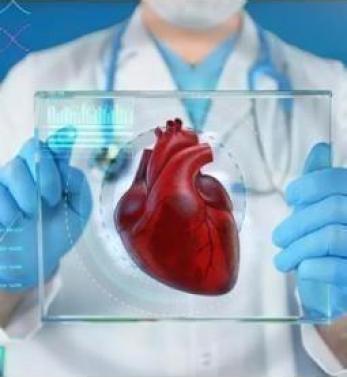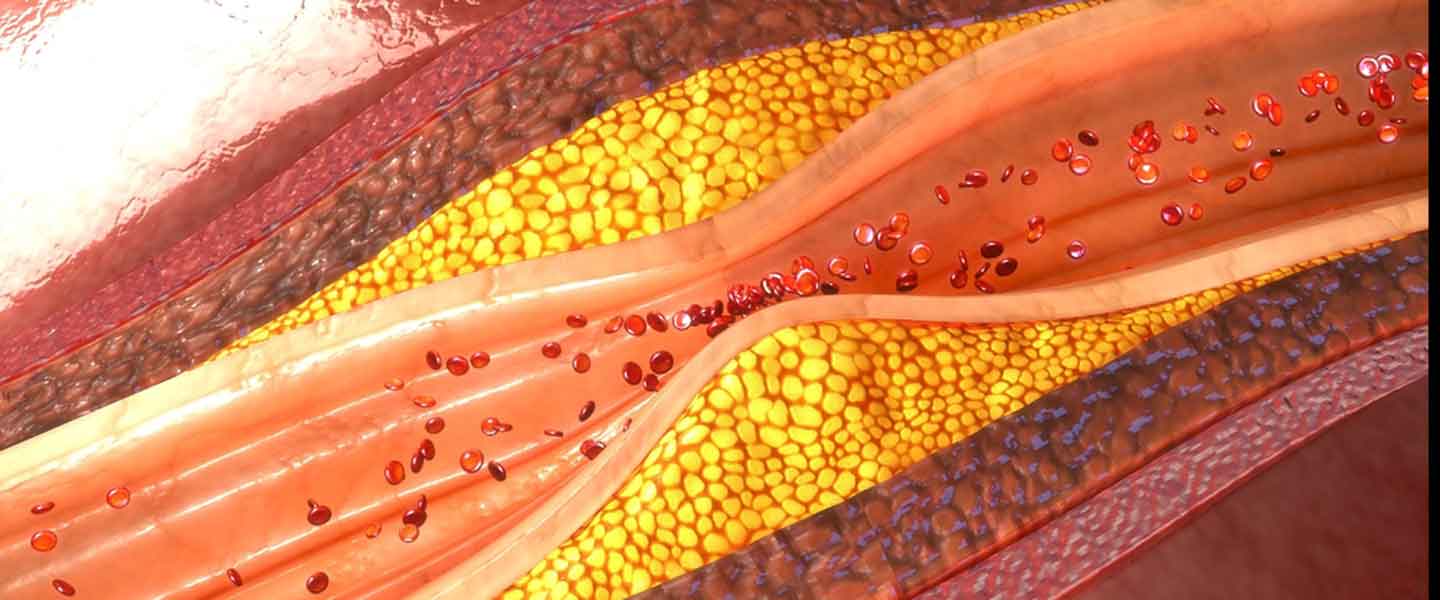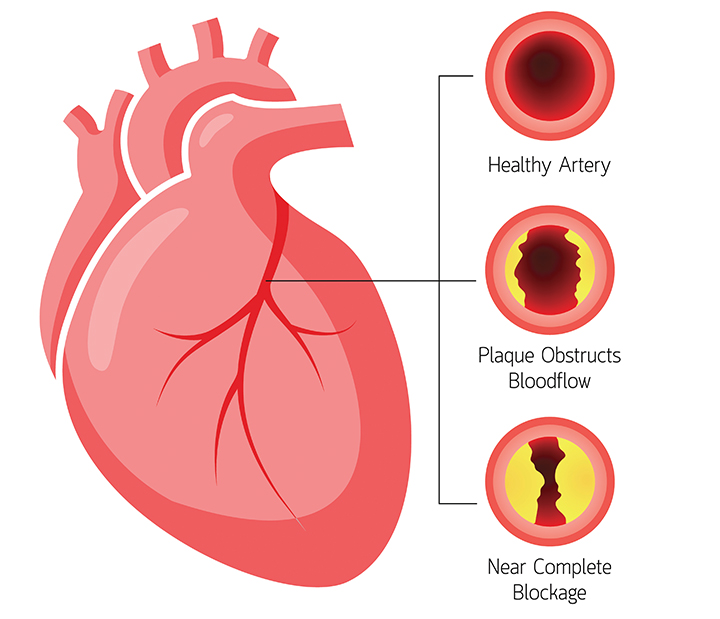

Arteries are the vessels that carry the clean blood pumped by the heart to the body. Also known as "artery". In fact, the coronary arteries are the first two branches of the aorta, the thickest vein in our body. They are the arteries that feed the heart muscle and carry oxygen, which is vital for the heart to work properly, to the heart muscles. There are two coronary arteries. One is called the "right coronary artery" and supplies the right ventricle of the heart and the posterior and lower sides of the left ventricle. The other is defined as the “left main coronary artery” and supplies a significant part of the left ventricle. This vein divides into two branches as “left anterior descending artery” and “left circumflex” artery. In case of occlusion of the coronary vessels, what we call a heart attack develops. Heart attacks originating from the left main coronary artery and its branches are more vital.

What are Coronary Artery Diseases?
As in other vessels in our body, blockages and narrowings can be seen in the coronary artery. In a healthy person, the inner surface of the coronary artery is clean. Blood flows easily through the vein. Thus, the heart muscle receives the oxygen it needs in sufficient quantity, and thanks to this heart muscle, the clean blood coming from the lungs is pumped to our body. Even when the body is in motion and exercise, the heart's increased need for oxygen and blood is also met by the relaxation of these coronary arteries and allowing greater blood flow. Depending on the degree of effort made during sports, the diameter of the coronary vessels can increase up to 2 times and the cardiac output can increase up to 6-7 times in athletes.
If the coronary artery vessels are not healthy, the coronary vessels that feed the heart will not be enough to provide the oxygen that the heart needs while the body is active. As a result, the heart muscle cannot contract with sufficient force as it will be without oxygen, and in this case, the heart cannot adequately pump the blood that our body needs. When there is a problem in a place like a domino, this problem affects all functions in the heart in a negative way, one after the other. We can classify coronary artery diseases that threaten heart health as follows:
Atherosclerosis in the Coronary Arteries
In individuals at risk of coronary artery disease, hardening of the blood vessels occurs first. I will talk about these risk factors shortly. These adverse effects on blood vessels for months and years cause significant progress in the degree of hardening of the vessel and ultimately cause serious narrowing of the vessel or sometimes sudden occlusion. In these hardening areas, there are dense cholesterol-rich plaques. Widespread vascular disease occurs with the progression of these cholesterol-rich plaques. These plaques are called “atherosclerotic plaques” in medical language. This is considered the initial stage of coronary artery diseases.
Coronary Artery Narrowing
Increases in the volume of plaques in the coronary arteries cause significant narrowing of the vessel diameter in the following years. In this case, the blood flow in the vein gradually slows down. The heart muscle cannot get the oxygen it needs. As a result, depending on the degree of stenosis, severe pain occurs in the chest and daily movements can become quite difficult.
Coronary Artery Occlusion
It is the sudden occlusion of the coronary vessels. Complete sudden occlusion of the coronary vessels is the event of a person having a heart attack. In this case, it is called "myocardial infarction" in medical language. Occlusion of the coronary artery is due to a clot that forms suddenly in the vessel. This clot most often develops on a preformed plaque that does not cause significant coronary artery stenosis. However, rarely, a blood clot formed elsewhere may enter the coronary vessel and cause sudden occlusion of the coronary vessel due to what we call "embolism". As a result, severe damage occurs in the heart muscle fed by the coronary vessels after lack of oxygen.

Who Gets Coronary Artery Disease?
Coronary artery diseases usually occur in people aged 40 and over. It is 3-4 times more likely to occur in men than in women. Especially people with a family history of coronary artery disease are considered in the risk group. Estrogen hormone is known to have a protective role from coronary diseases. Therefore, coronary artery disease is more common in women after menopause.
Risk factors causing coronary artery disease:
Apart from age, gender and genetic factors, the biggest factor in the formation of coronary artery disease is; malnutrition and harmful habits. Smoking is a major trigger for the emergence of coronary artery disease. Eating too much fat and being less active also cause cholesterol to rise. As cholesterol rises, the risk of formation of a fat layer called “atherosclerotic plaque” inside the coronary vessels increases and coronary vessels may become clogged over time.
Coronary artery disease symptoms;
Don't get tired easily
Chest, back and arm pains that limit movement
Shortness of breath
Palpitation
Chest pain is the most typical symptom of coronary artery disease. These symptoms may not manifest themselves for many years. Especially people who do not do sports do not have any complaints until the last moment. Unfortunately, the first sign of coronary artery disease in such patients may be a heart attack. For this reason, we should have our heart checked at regular intervals, especially after the age of 35-40.
If the patient hits the doctor with these complaints, the coronary vessels should be examined in detail with ECG and other tests (see coronary angiography section). As a result of the examinations, appropriate treatment is planned, taking into account the stage of the disease and the patient's history. Diet, lifestyle changes, giving up bad habits, regular exercise, drug therapy, angio-stent procedures and, in some patients, bypass operations with open heart surgery are the main treatment stages of coronary artery disease.